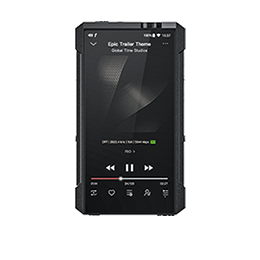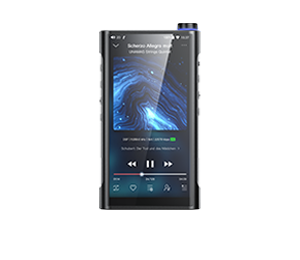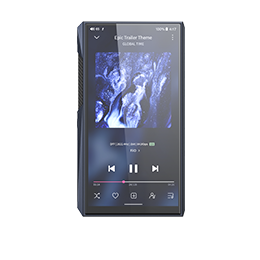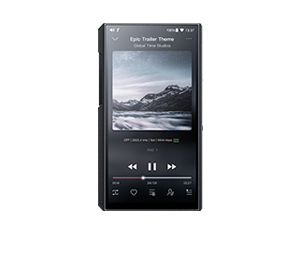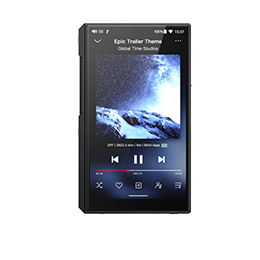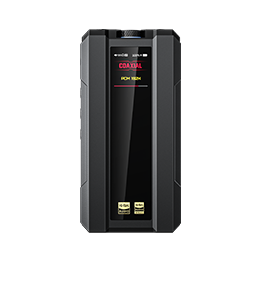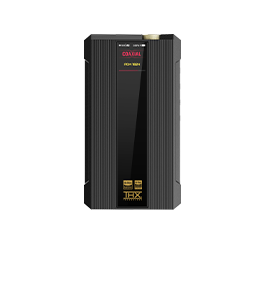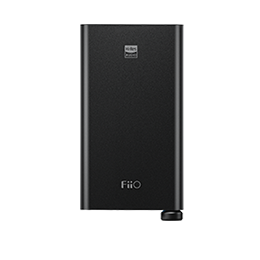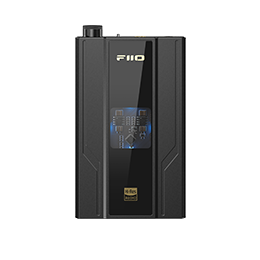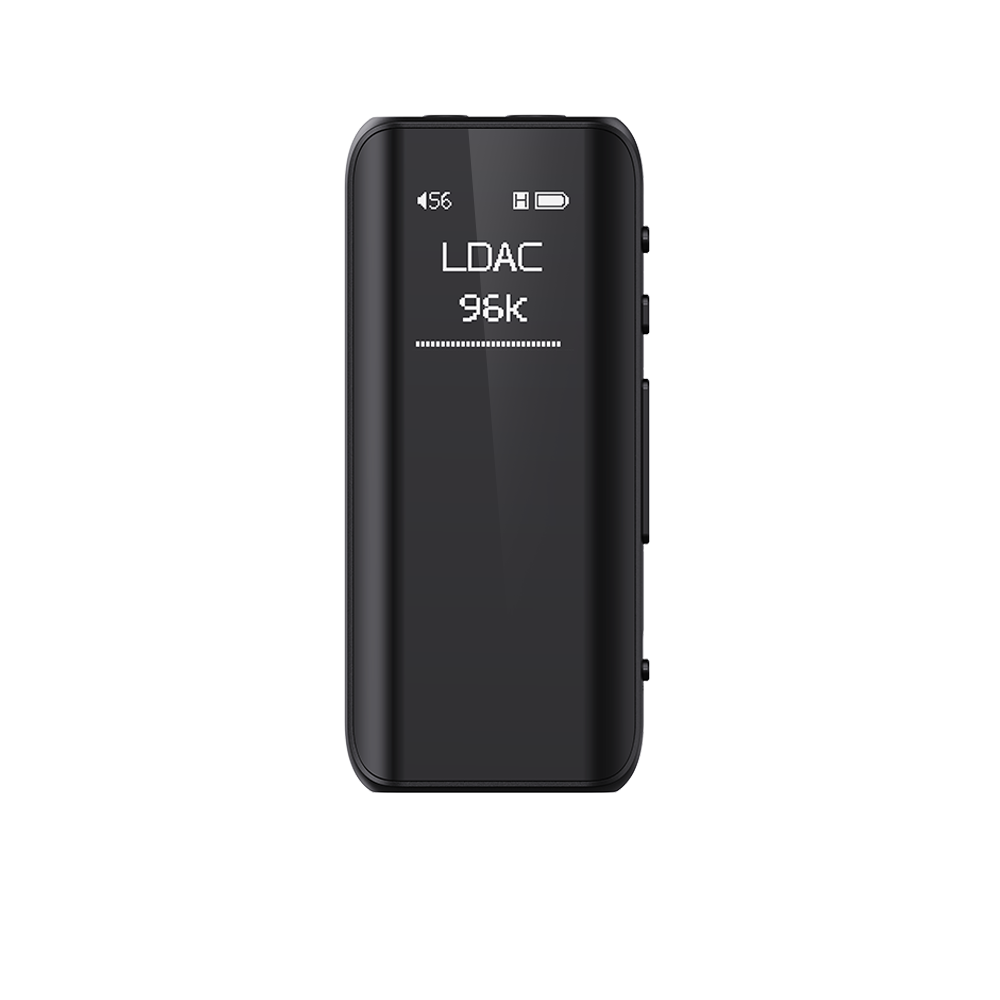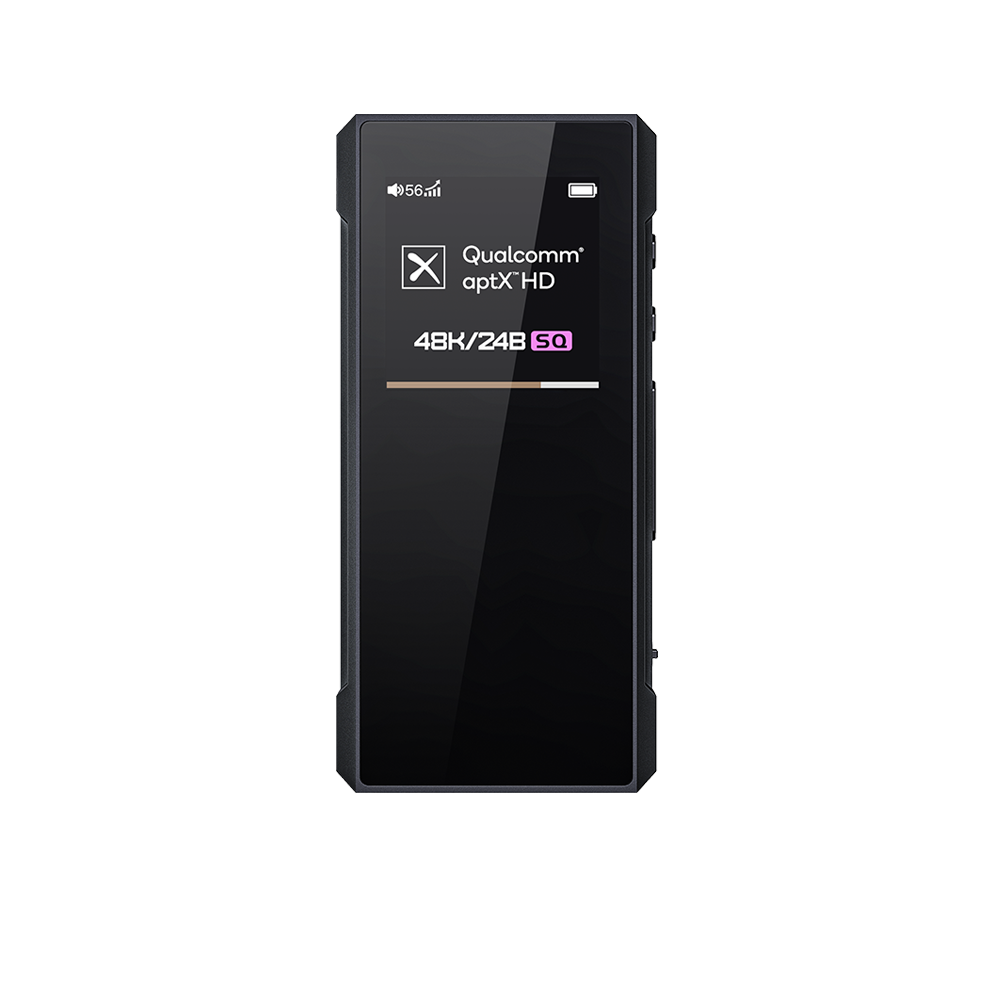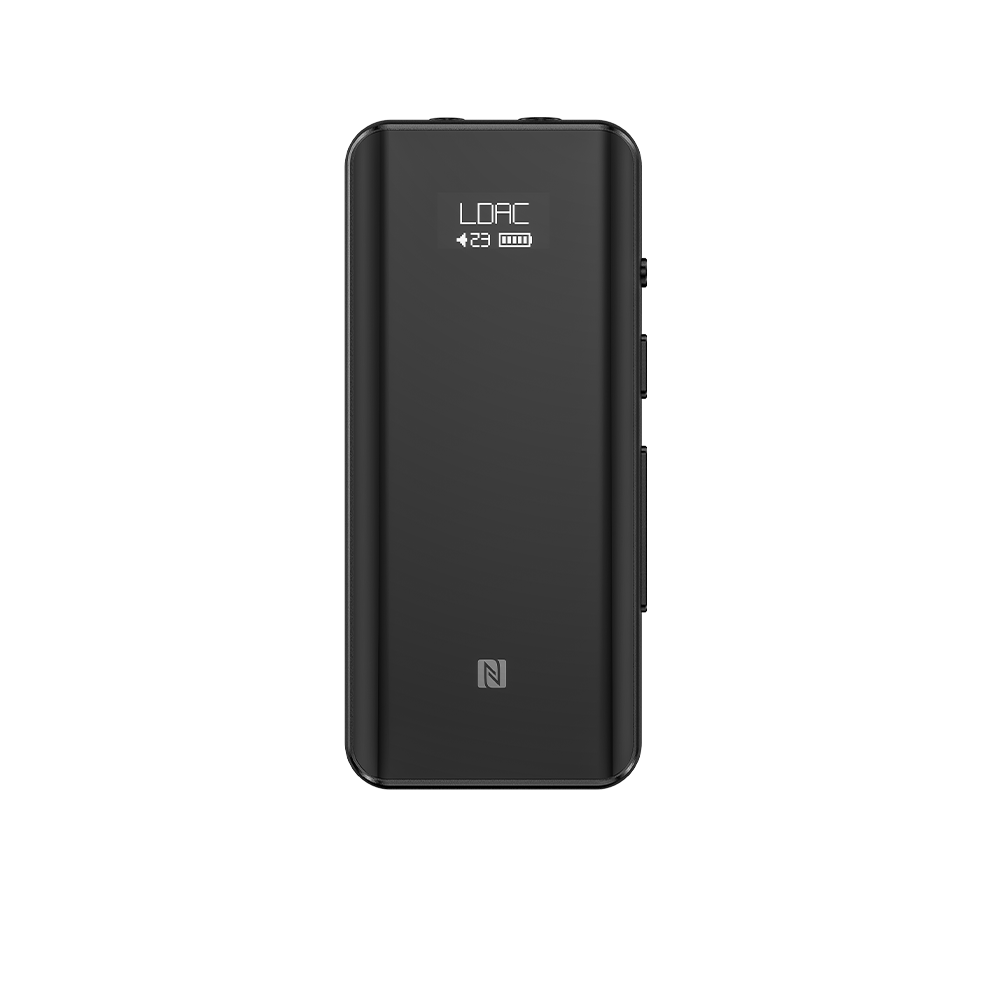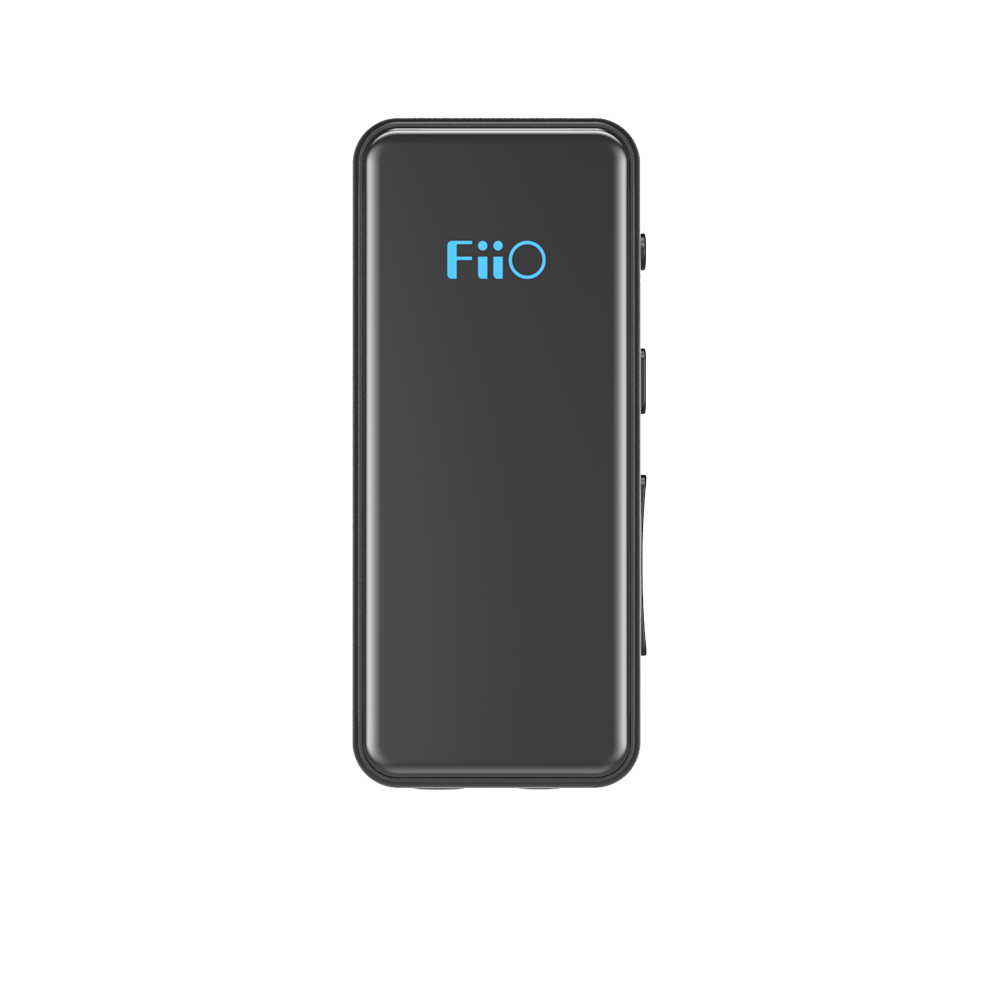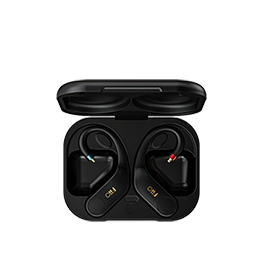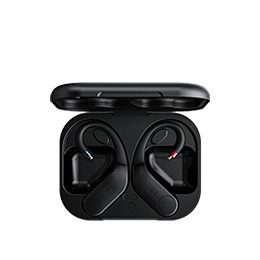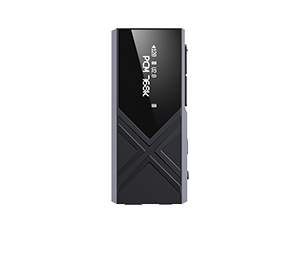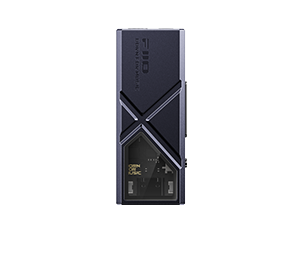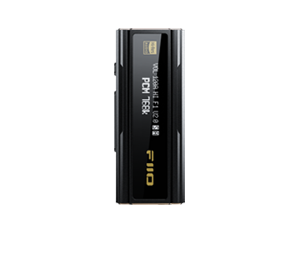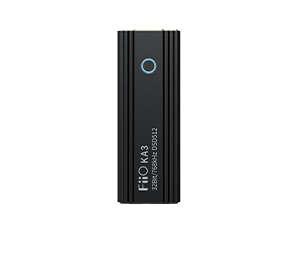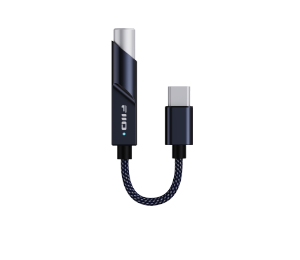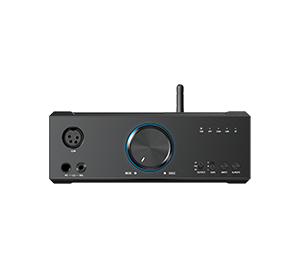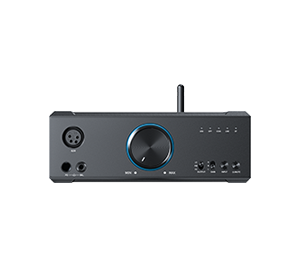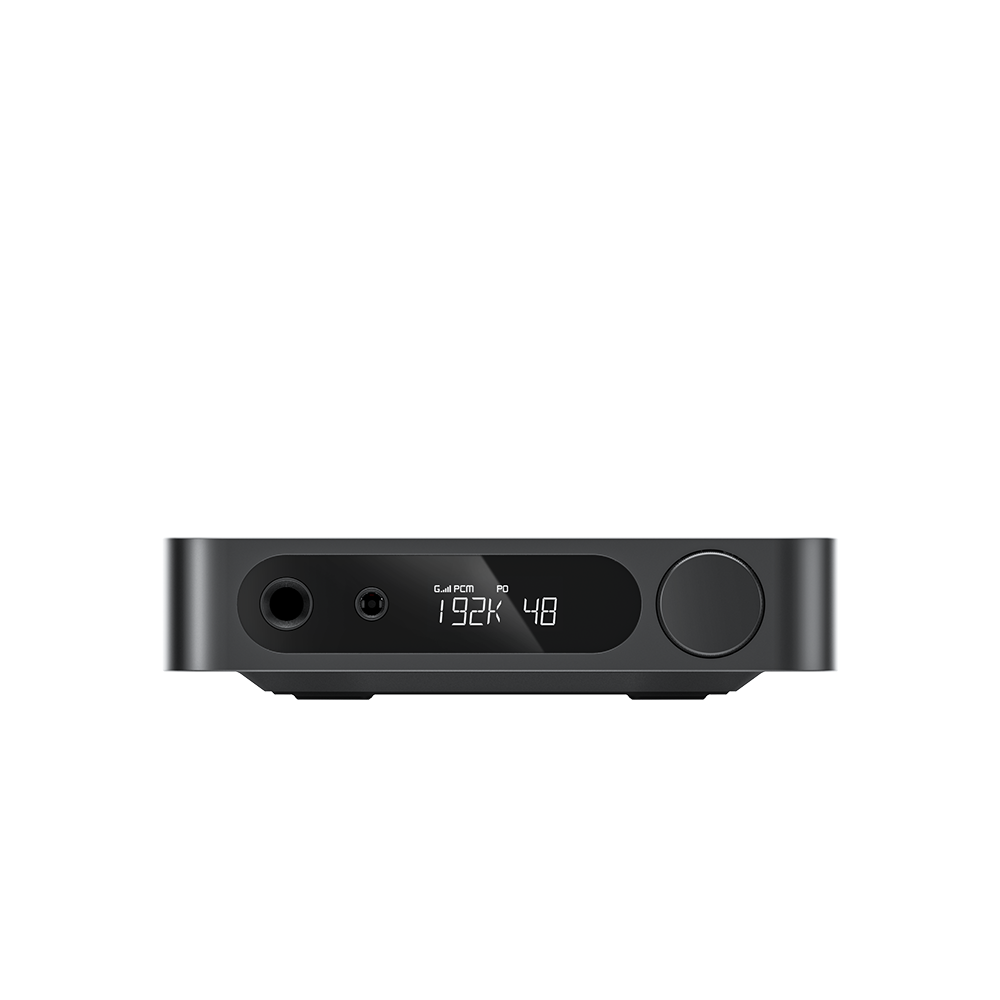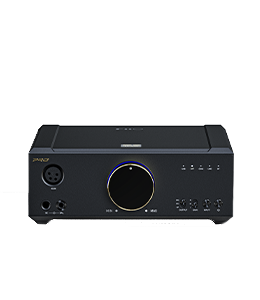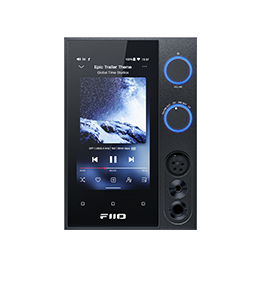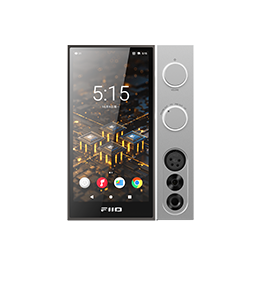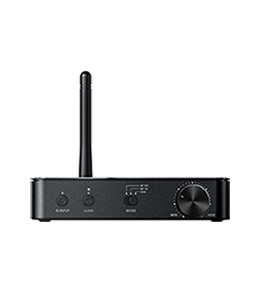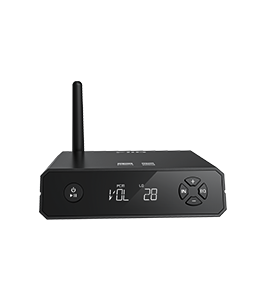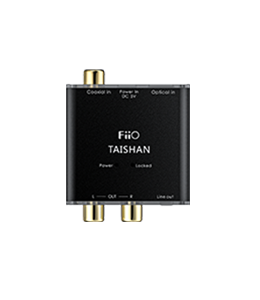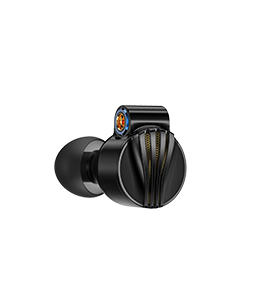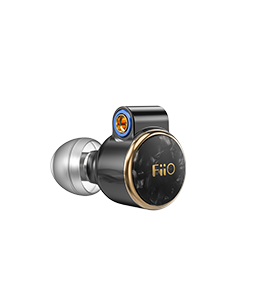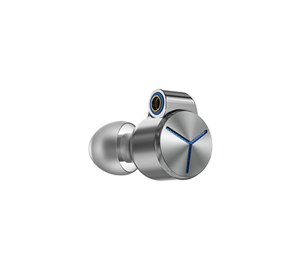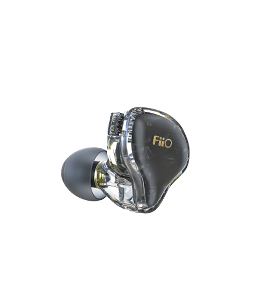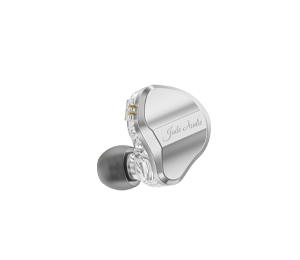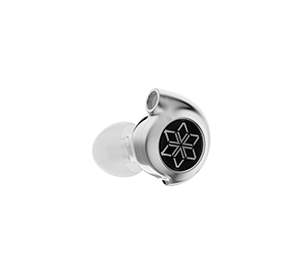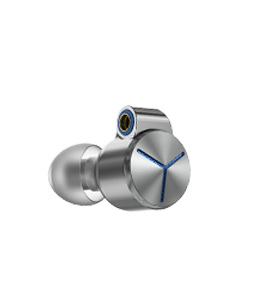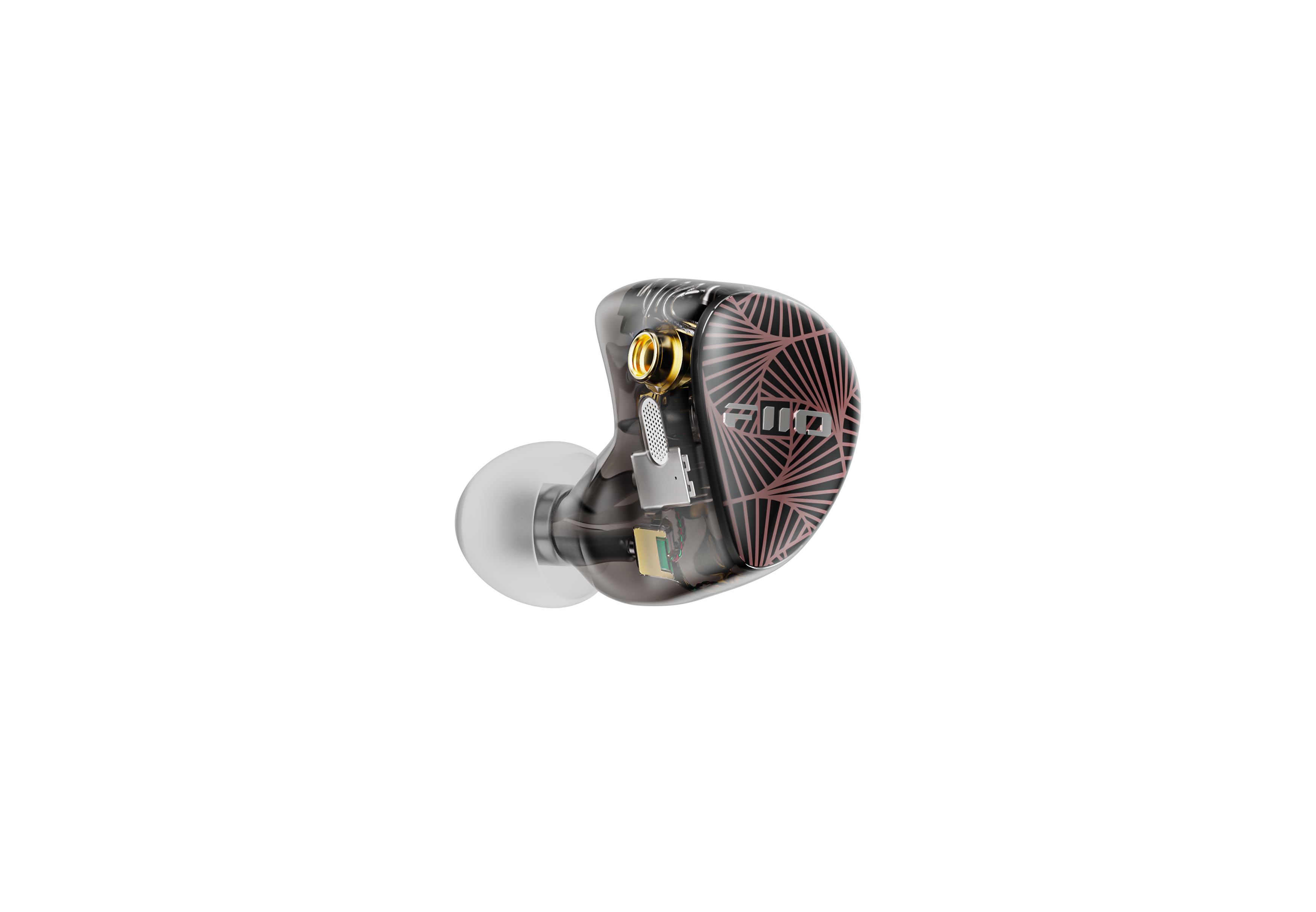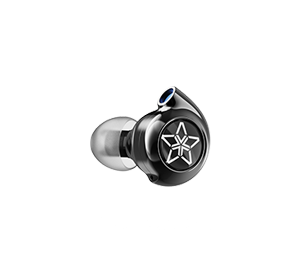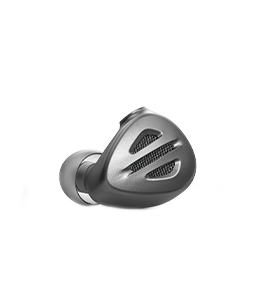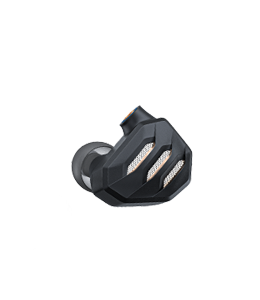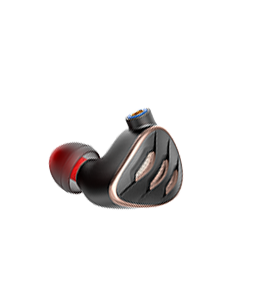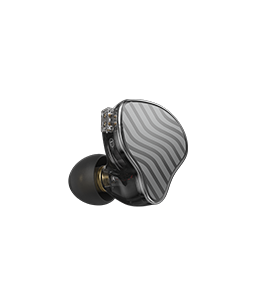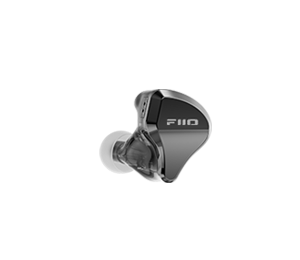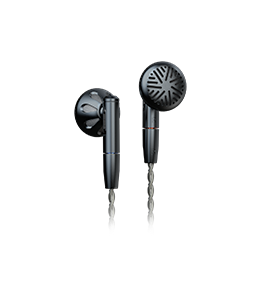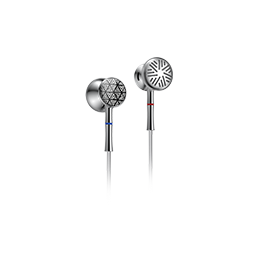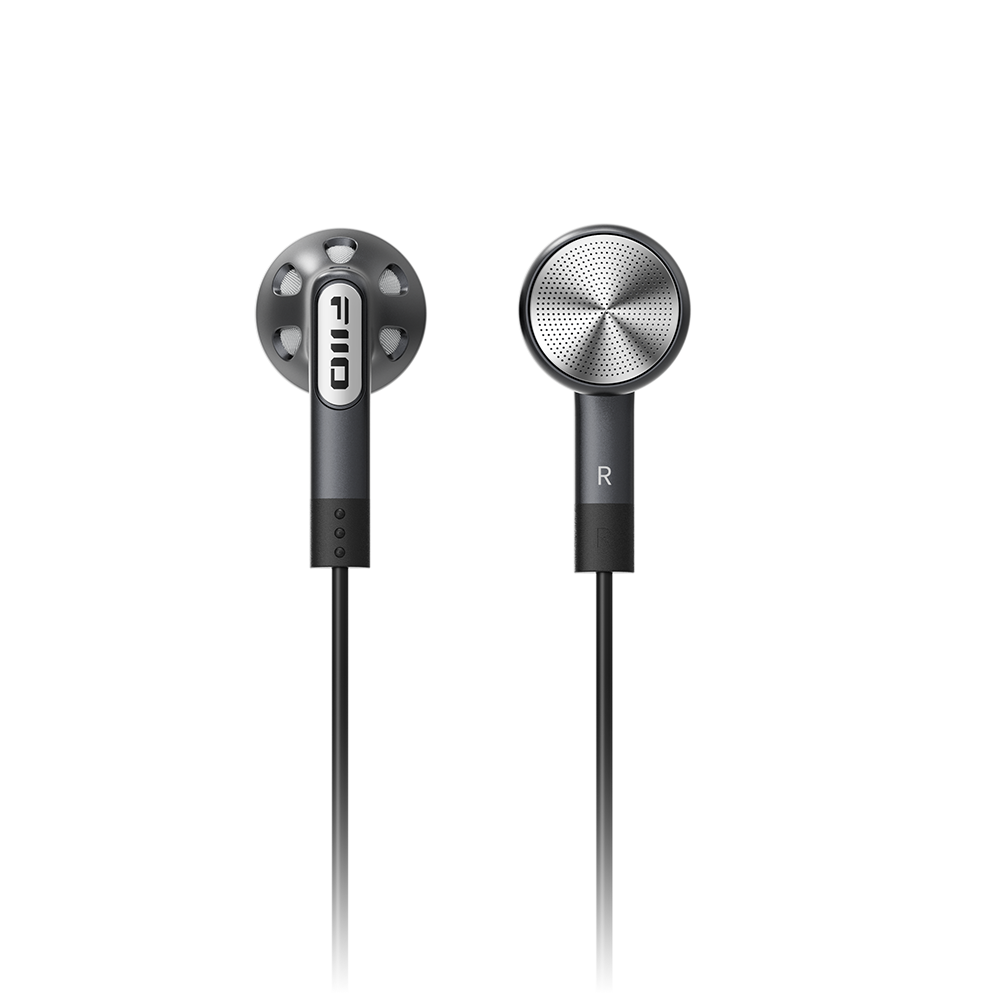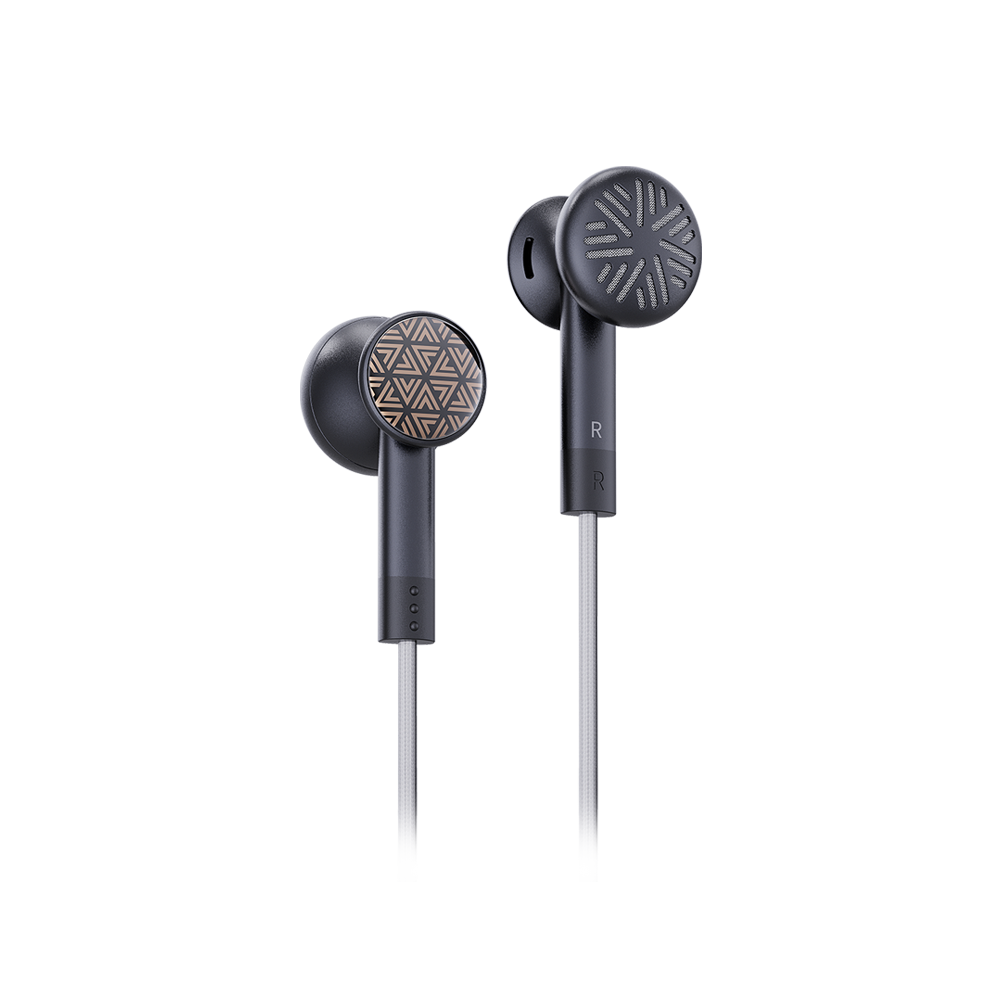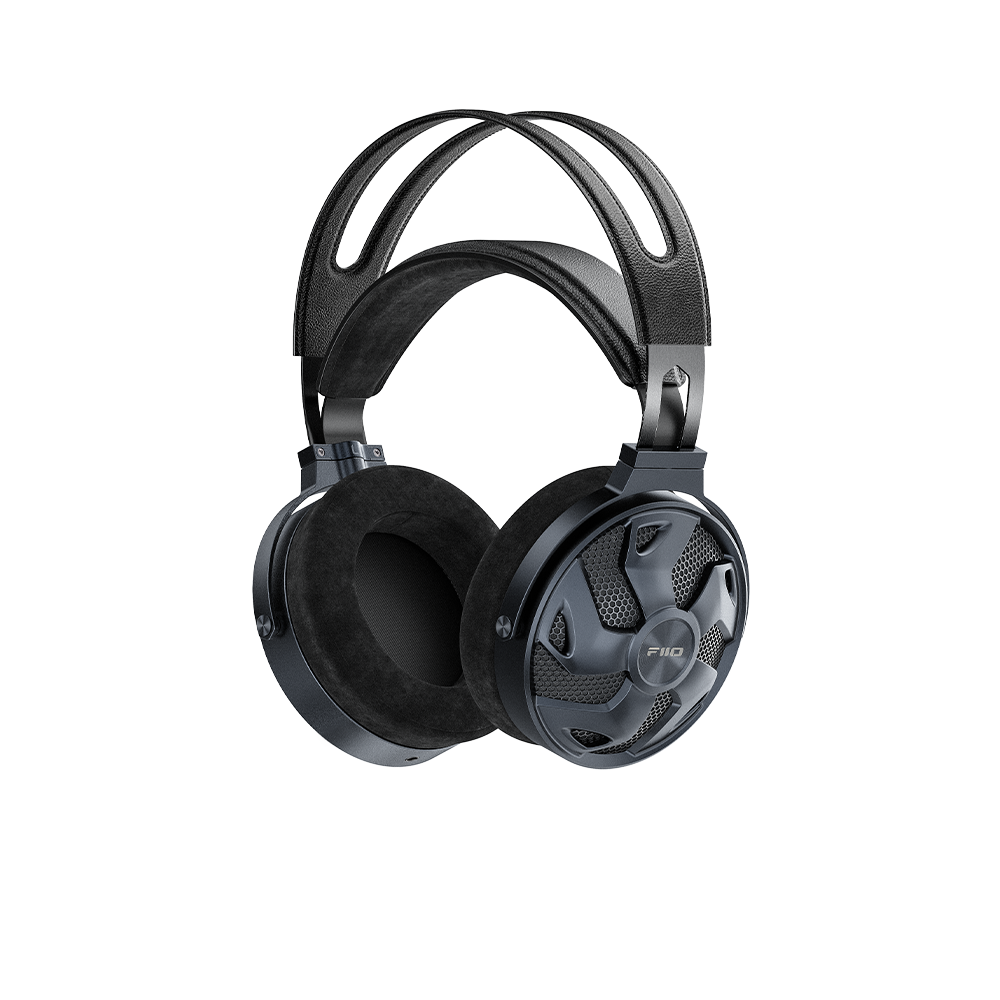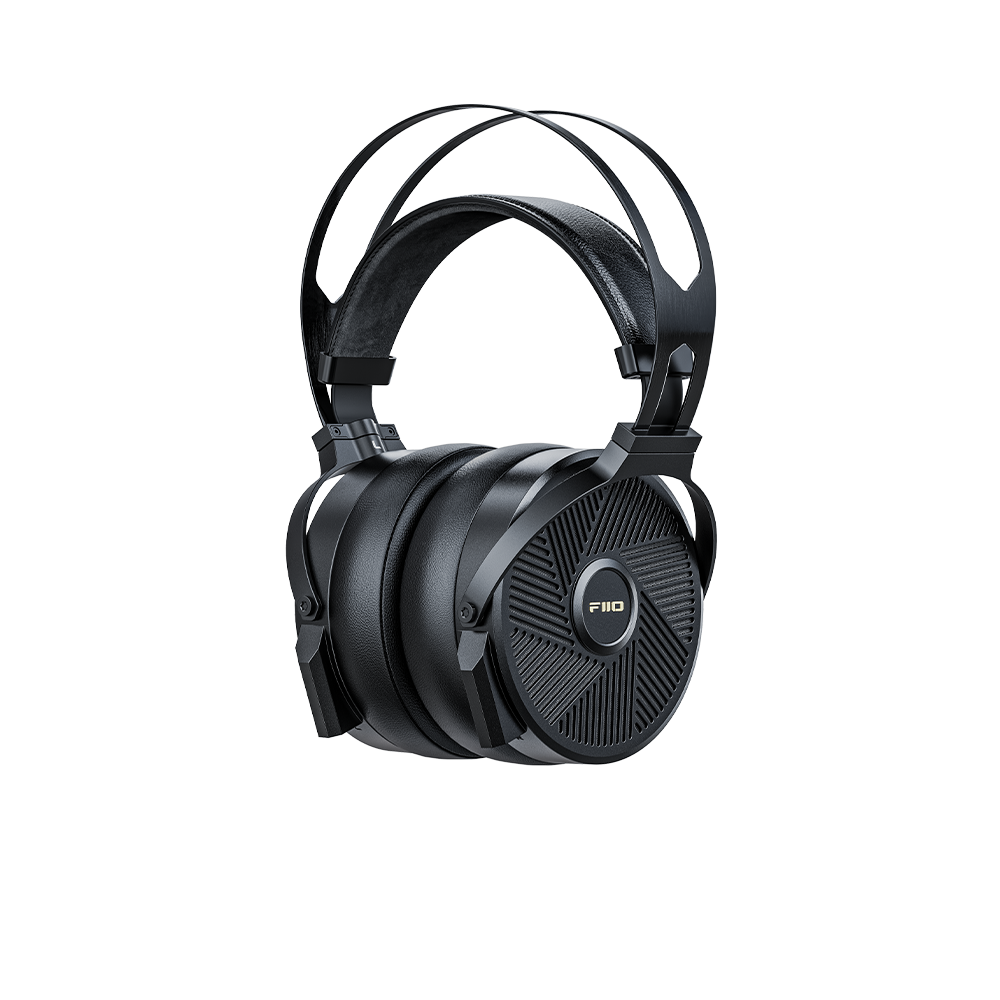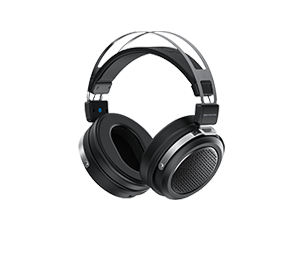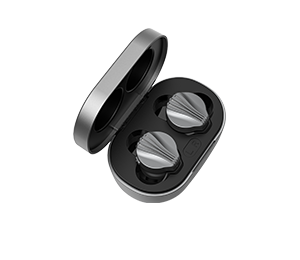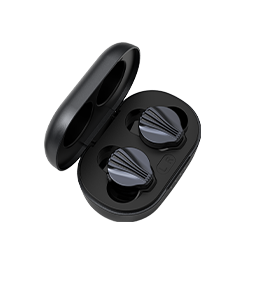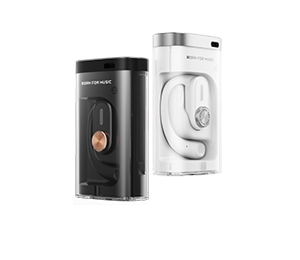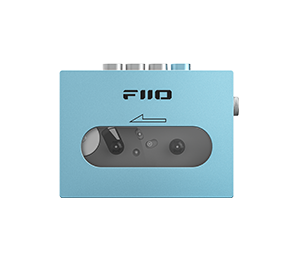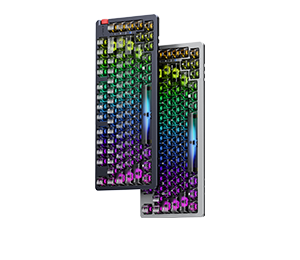FiiO BTR1 Bluetooth DAC and Amp
Author:PAUL BROOKS
Review from:Headphone-earphone Reviews
→→ Read the original article on Headphone-earphone Reviews:>> Click here
INTRODUCTION
Blue-tooth has changed a lot since it’s been introduced. Originally audiophile purists would turn their noses up at the overall quality (with good reason), and the early Blue-tooth standards and codecs were pretty much hit and miss. But over the last 2 or 3 years, progress has been rapid, and sound quality has gone from mediocre to impressive in a very short time period. We are now at Blue-tooth standard 5.0, and instead of the older SBC codec, we are seeing AAC, AptX and LDAC. Users of Blue-tooth can now expect Blue-tooth with a genuine lossless capability and with reasonably latency to boot.
FiiO have been including Blue-tooth in their devices since the X7 and X5iii, and at the time of writing have it working in 4 DAPs (and now also the BTR1 and new Q5). The problem with use in the DAPs is that they are designed to be used with Blue-tooth headsets, and often these are simply not up to par with some of the ear and headphones you’ve spent money on on.
Wouldn’t it be great if there was a cheap, reliable, small mobile sender/device which you could connect to with your smart-phone (e.g. for streaming), but then use your favourite IEMs? Look no further – lets take FiiO’s $50 BTR1 mini Blue-tooth Dac/amp for a spin.
ABOUT FIIO
FiiO was first founded in 2007. Their first offerings were some extremely low cost portable amplifiers – which were sometimes critiqued by some seasoned audio enthusiasts as being low budget “toys”. But FiiO has spent a lot of time with their on-line communities, and continued to listen to their potential buyers, adopt their ideas, and grow their product range. They debuted their first DAP (the X3) in 2013, and despite some early hiccups with developing the UI, have worked with their customer base to continually develop the firmware for a better user experience. The X3 was followed by the X5, X1, X7 and most of these DAPs are now into their 2nd or even 3rd generations.
They’ve also developed new cables, desktop and portable amplifiers, DACs, ear-buds and earphones. FiiO’s products have followed a very simple formula since 2007 – affordable, stylish, well built, functional, measuring well, and most importantly sounding good.
DISCLAIMER
The BTR1 that I’m reviewing today was provided to me freely as a review sample. FiiO have asked me to keep it for my personal use, or for follow up comparisons, and I thank them for this. The retail price at time of review is USD 50.
PREAMBLE
If you haven’t read any of my reviews, I suggest starting here, as it will give you an insight into my known preferences and bias.
For the purposes of this review – I used the BTR1 predominantly with my iPhone but also some of my other Blue-tooth enabled DAPs. I tested with a selection of different earphones – generally trying to stay under FiiO’s supported 100 ohm limit.
In the time I have spent with the BTR1, I have noticed no change to the overall sonic presentation (burn-in). This is a purely subjective review – my gear, my ears, and my experience. Please take it all with a grain of salt – especially if it does not match your own experience.
THE PACKAGE
The BTR1 arrived in a 68 x 103 x 30mm retail “box and sleeve”. It is white and black with a picture of the BTR1 on the front. Opening the box reveals a foam insert which holds the BTR1, and underneath this an envelope with the other accessories. The total accessory package includes:
The BTR1 Blue-tooth DAC/AMP
1 short charging cable
1 lanyard
1 warranty card
1 operational manual
THE TECHNICAL SPECIFICATIONS
| Model | FiiO BTR1 |
| Approx Price | USD 50.00 |
| Device Type | Blue-tooth DAC and Amp |
| Dimensions | 24 x 50 x 11.5mm |
| Weight | 21g |
| Battery Capacity | 205 mAh |
| Battery Performance / Recharge | 8 hours use, 2 hours recharge |
| Output Power 16 ohm | 30mw (THD+N <1%) |
| Output Power 32 ohm | 15mw (THD+N <1%) |
| SNR | >95dB (A-weighted) |
| THD+N | <0.04% (1 kHz/32ohm) |
| Crosstalk | >72 dB |
| Max power output | 2 Vp-p and >22mA |
| Blue-tooth Standard | Blue-tooth 4.2 |
| Supported Codecs | SBC, aptX, aac (version 2) |
MEASUREMENTS
Normally I’d measure DACs or amps using loopback from my soundcard. With the BTR1 I’d need to do this via Bluetooth, and for some reason it never plays nicely on my measurement system (I can never get a linear measurement using Bluetooth). So for this section I’m forced to use FiiO’s published measurements. The good news is that they’ve never been known to hide any imperfections, and always seem to post the graphs “warts and all”. The three graphs they’ve posted are with their X7ii flagship, an iPhone 6, and the X3iii. The good news is that the channel matching is superb, and even better, all 3 graphs show pretty good linearity – with ~ less than 0.1dB from 20Hz to 10kHz, and then a 0.1-0.5dB roll-off between ~13-16kHz, and a sharper decline from 16-20 kHz. All-in-all, I’d describe the BTR-1 as pretty linear, with a slight tendency toward warmth (which is reflected more in the high frequency DAC roll-off, than any boosted low frequency.
BUILD
External
On the back of the unit is a sturdy and wide clip. This again is aluminium, spring loaded, and requires medium force to engage or disengage. It is ideal for clipping into a collar, belt, or even a handbag strap (for the ladies). During all my testing it has remained in place really well (mostly used around the neck-band of a shirt or sweatshirt.
At the top is a single 3.5mm headphone-out. The socket appears quite tight with no excessive play. With the unit facing you, on the left is a volume rocker (up / down) which also doubles as a next/previous track control (press and hold vs individual presses for the volume control).
On the front is a single button which switches the unit on and off, puts the unit into pairing mode (long push), and accesses the DSP function (double click). While music is playing it also acts as a play/pause button. Near the bottom of the plastic cap is a small LED which displays the current function / mode.
At the bottom of the uunit is a micro-usb port for charging. At the rear is the clip, and also (hidden by the clip) is an omni-directional microphone so that the BTR1 can be used for voice calls.
Internal
Internally the BTR1 uses the well regarded AK4376 DAC and integrated amplifier which is capable of a maximum decoding capability of up to 32bit/384kHz, an output power of up to 40mW, and an impressive SNR or 116dB with THD at -106dB.
The Bluetooth chip used is the CSRA64215 which supports standard SBC, aac (Version 2 of the BTR1 only) and aptX.
Output impedance from the heaphone out is an impressive 0.2 ohms.
FEATURES
As a Headset:
I’ve tried the BTR1 with both my iPhone SE, and also FiiO’s own X5iii, X7ii and X3iii. In all cases, the BTR1 was extremely easy to pair (put into pairing mode on both devices, and manually pair). The BTR1 remembers the last device paired, and automatically connects with that device when re-engaged. Interaction with the SE is pretty seamless, with the iPhone displaying battery life. Probably the only thing I’m not 100% fussed on is the granularity of the volume control (the BTR1 uses a stepped control), but this can be easily fixed by using a different app on the iPhone (eg Kaisertone) with finer volume control, or using the X7ii / X5iii / X3iii volume control (on android the BTR1 volume controls seems to work independently of the volume controls on the FiiO devices).
The microphone is very clean and clear, and picks up voice pretty well. I’ve used it a couple of times with some of VE’s higher end earbuds, and its been great turning a higher end earbud into a head-set.
The DSP Button
Double clicking the central button turns on what FiiO calls the “sound effect” feature, and which to me is a pretty simple 3D / spacialisation DSP – essentially designed to widen the appearanceof sound-stage. If effectively moves the vocals back in the mix, makes things a little diffuse (almost like inverting phase), and definitely gives an impression of more space. You’ll either like or dislike this feature. I actually found it a nice change with some of my more intimate sounding IEMs, and I do think its quite well implemented. But with other headphones (HD630VB) it sounded a little “confused”, so I think use is going to depend on taste and the headphones you’re using.
Battery Life
FiiO advertises approximately 8 hours life with around a 2 hour charging time, and its obvious that these aren’t empty claims. With my testing I could consistently get anywhere between 7.5 and 8.5 hours continuous use (using 32 ohm IEMs) and with a 5V 2.1a charger, full charge was indeed easily achieved in 2 hours.
Bluetooth Performance
This was an interesting one. FiiO advertises up to 10m range, and in direct line of site (no obstacles), I think they have this figure pretty correct – but its a best case scenario for me. Start introducing obstacles, and the range can start to cut down. With the iPhone SE, the connection was very solid for the most part, and I wouldn’t hesitate to use the iP SE + BTR1 for regular use such as walking.
Switching to FiiO’s devices enabled aptX transmission, but dramatically decreased the overall range. Line of site only got about 6-7m before the first cut-outs started, and introducing a wall at 7m ended up getting very stuttery cut-out every second or so. This happened with the X7ii, X5iii and X3iii. With the devices in close proximity though, the connection was pretty solid, and I experienced pretty solid connections using each device in a pocket, and the BTR1 connected to my shirt collar.
Generally for personal use (ie walking with source device within a meter), I don’t think you’re going to get many issues. Occasional cut-outs in high traffic wireless areas (eg crowds), but overall pretty acceptable performance for such a budget friendly device.
Power
The power output on the BTR1 is defintiely on the weak side, and I think FiiO got the guideline of up to 100 ohm generally correct (sensitivity will play its part of course). For full sized headphones I tried the HDV630B and my MS Pros and I came away pretty impressed with what I heard. No signs of any issues with driver control at all.
Switching to IEMs, and I started with one of my current “regulars” for personal listening – the LZ Big Dipper (25 ohm, 115 dB/mW sensitivity). The BTR1 handled the Dipeprs easily for power, and its low output impedance was great with this multi-driver IEM which can be sensitive to higher impedance. Next was the HifiMan RE2000 (60 ohm and 103 dB/mW). This was definitely harder to drive, but again no issues for the BTR1, and side by side switching with the AM3A and X7ii revealed no audible deficiencies with power.
The last test was with the notoriously harder to drive MEE P1 (50 ohm 96 dB/mW), and this required more volume but again confirmed the BTR1’s versatility. Again, the pairing was very good and the additional volume demands well within the BTR1’s power band.
SOUND
Preface
I’m going to preface this section with a little critique I received a while ago, and my answer to it – so that you can understand why I don’t comment on some things, and why I do comment on others. I was told my review on another amp was poor because I didn’t include sections on bass, mid-range, treble, sound-stage, imaging etc – yet referred to an amp as warm, full, or lean.
Now I can understand the reference to warm / full / lean – as they are very subjective terms, and whilst I’d like to avoid their use, they are invaluable to convey true meaning. Comparing my NFB-12 to the Aune X1S for example – the Audio-gd does sound richer and warmer. It’s the nature of the DAC which is used.
But I choose not to comment on bass, mids, treble, and most definitely not sound-stage – simply because when we are talking about a DAC/amp – IMO they shouldn’t be discussed. An DACs job is to decode the signal in as linear fashion as possible, and the amp’s job is to amplify the signal with as low distortion as possible. Basically you should be aiming to output as linear signal as possible. If the device is doing its job properly, there is no effect on bass, mids, or treble – except if hardware boost is concerned. And IME an amp does not affect sound-stage (unless there is DSP or cross-feed in play) – that is solely the realm of the transducers and the actual recording.
So we have that out of the way how does the BTR1 perform sonically?
Tonality
I listened and compared it to the E17K (one of the most linear devices I own). Both were volume matched and had my iPhone SE as source. For headphones – I used the HD630VB. In subjective comparison, the BTR1 is subtly different with the E17K having a slightly more vibrant but neutral signature vs the BTR1’s slightly warmer and mellower tonality. The difference is noticeable, but its not night and day (far from it).
Transparency
While there is a definite hint of pleasing warmth to the overall tonality, thereis no loss of detail or transparency. It has a way of sounding slightly rich and full without tipping toward a very noticeably warmer tone like the X5iii. It does also have a pretty clean background which for me creates a decent sense or perception of space.
Independent Comment From A Fellow Music Lover
My current project boss is a bit of an audiophile in his own right, and like me he uses his iPhone whilst out and about – especially at the gym. He has a pretty nice receiver and speaker system at home, and he knows what sounds good to him. When he said he wanted a device he could use with the iPhone, he was originally asking about Bluetooth headsets / headphones. When I gave him the FiiO i1, and BTR1 to play with, along with the Cozoy Takt Pro, and told him he could use his own IEMs, he was a touch sceptical, but that quickly turned to delight. His choice was the BTR1 (which surprised me a little), but his desire for true portability (untethered) simply trumped the slightly superior sonics of the Takt Pro. As he said about the BTR1 – I don’t care that its Bluetooth, as long as it sounds great. He’s ordered one locally.
Quick Note On Formats
The BTR1 original supports AptX and standard SBC, whilst the model hitting the shelf now also supports AAC. I was pretty interested in the early debate about the poor quality of SBC (no AAC with an iPhone means it is the only option) – but in the real world it (SBC) was pretty transparent. I now know why – as a little research confimed for me that SBC is basically the equivalent of 320 kbps MP3 – which most of us will recognise as pretty transparent. When you consider most of the listening will also be mobile – then you can see why I ahve no issues with it. In a quiet setting, could I tell the difference bewteen SBC and aptX? This is pretty hard to tell because I was using two different source devices (X7ii and iPhone SE), and swapping wasn’t instant. Overall though I dodn’t notice much different. YMMV – and all I can do is relate my own experieince. The BTR1 sounds pretty darn good from either source.
COMPARISONS
This is a difficult one to make comparisons with because I really don’t have a lot of similar devices. So for this one I’ll make the assumption that I’m looking for an iPhone device to pair with, and that I’m on a pretty limited budget. So the only thing necessary is to be able to bypass the iPhones headphone-out. In this price range, the competition is two other FiiO devices (the i1 and K1).
First up is the K1, which at USD40 is cheaper than the BTR1 by $10, but for the drop in price, you give up a microphone, volume controls, and of course you need to be tethered to the iPhone by cable. Tonally they are very close, both with a tinge of warmth. The K1 requires no charging, but the BTR1 has decent battery life anyway. Neither is overly powerful, although the K1 has approx double the output of the BTR1. For me, this choice is easy – the BTR1 has too many good features comparatively, and the portability factor (Bluetooth) can’t be discounted. Easy win BTR1.
Next is the i1, and this time it has a few more features with volume/track controls and also a pretty good microphone. But again it is tethered via cable vs the BTR1’s Bluetooth. Sonically the i1 is more neutral (doesn’t quite have the BTR1’s warmish tinge) and in terms of power output they are pretty similar. For my preferences the BTR1 still takes the prize here, but the i1 is a worthy competitor, and if you’re looking to stay away from Bluetooth and have an iDevice, it is a genuinely nice option.
VALUE
This one is pretty easy. At $50 the BTR1 is brilliantly priced, and really does live up to its promise. Sure the Bluetooth range and stability is a little weak, but considering most people will have the source and BTR1 on their person or in close range, its a bit of a moot point. What you get for your $50 is a great sounding little device with nice functionality, a decent head-set mode, and pretty good battery life. In terms of relative value to cost – the BTR1 punches well above its price point.
FIIO BTR1 SUMMARY
The BTR1 has been a revelation to me on how far Bluetooth audio has come in recent years. And the real beauty of this device is being able to turn any pair of portable IEMs / earbuds / and even easier to drive headphones into a functional head-set.
Build quality is very good, and the form factor has obviously had a lot of thought put into it. The clip is solid and really does stay put. Battery life is stellar, and the ease of use with the controls is genuinely well designed.
Power is a little on the weak side – but it is perfectly capable of driving most IEMs and portable head-phones. Liekwise, the Bluetooth could be a little more stable and have better range – but for a $50 device I have no real concerns.
Sonically this little device sounds pretty good – and will rival the output of most smart-phones for overall sound quality (or at least be on par).
Overall (as the table below shows), the BTR1 gets an absolute endorsement from me. Once again FiiO proves that a device does not have to be expensive to sound good. Thanks once again to Lily and the team for allowing me to review this great little device.
| FiiO BTR1 | My Score | Out of | Weighting | Weighted Score |
| Accessories | 8 | 10 | 5.0% | 0.10 |
| Build & Design | 10 | 10 | 10.0% | 1.00 |
| Device Controls | 8 | 10 | 7.5% | 0.60 |
| Output Power | 6 | 10 | 7.5% | 0.45 |
| Portability | 10 | 10 | 7.5% | 0.75 |
| Overall Sound Quality | 8 | 10 | 35.0% | 2.80 |
| Head-set Quality | 8 | 10 | 7.5% | 0.60 |
| Bluetooth Quality | 6 | 10 | 5.0% | 0.30 |
| Battery Life | 9 | 10 | 5.0% | 0.45 |
| Value | 10 | 10 | 10.0% | 1.00 |
| Total | 83 | 10 | 100.0% | 8.35 |



